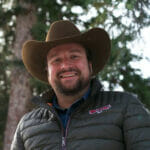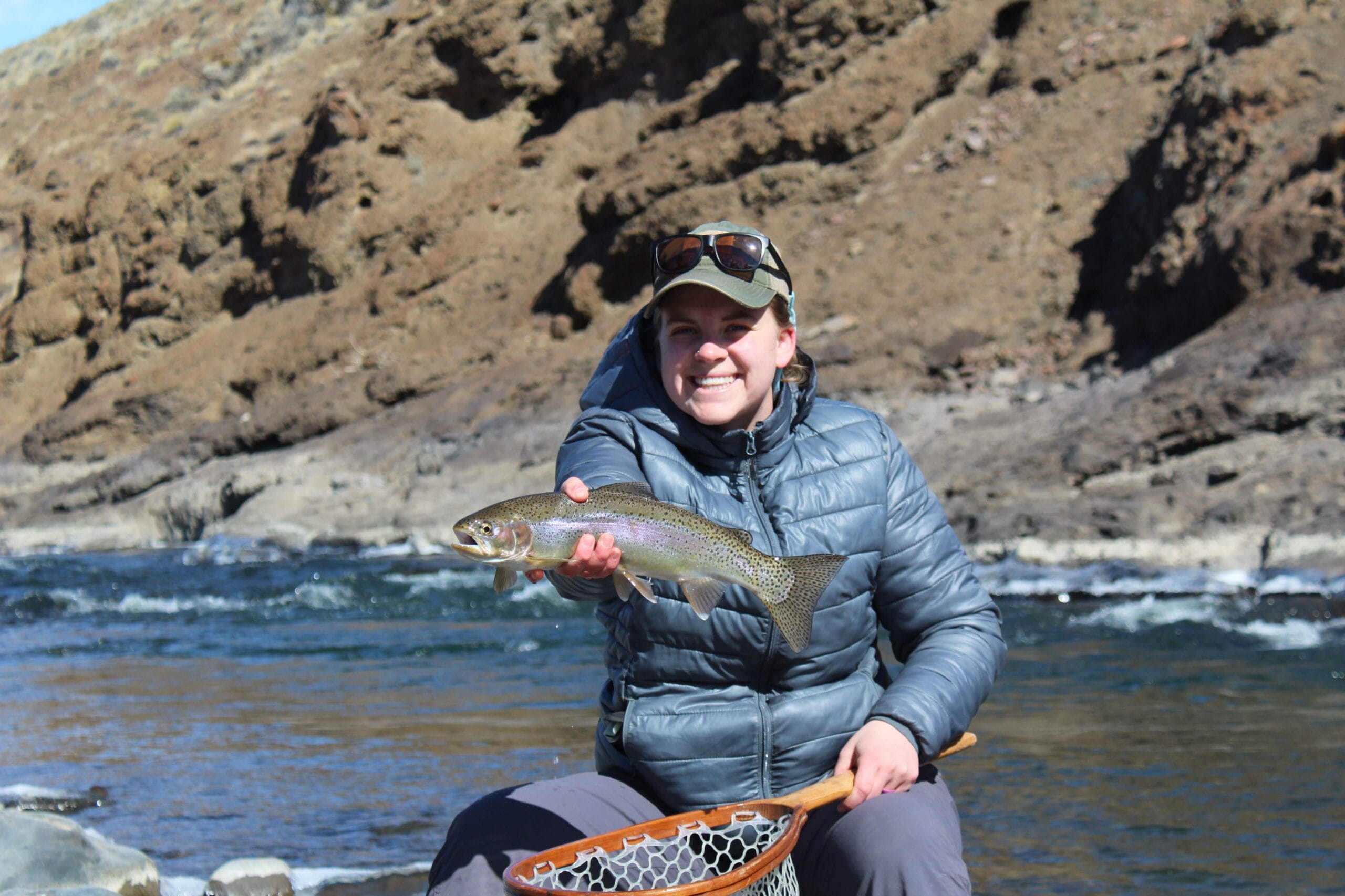Earlier this year, the Wyoming’s TU staff met in Thermopolis, Wyoming, to discuss priorities and projects across the state in 2024 and beyond.
Thermopolis is a hidden gem hosting some of the Cowboy State’s most vaunted outdoor wonders, including the world’s largest mineral hot springs, a dinosaur center where you can dig for them, and the “Hole in the Wall” bar where Butch Cassidy and his gang would frequent (and Robert Redford allegedly tried to purchase). Additionally, the Wind River Indian Reservation lies to the south and the fur and leather outfitter that produced buffalo coats for Quentin Tarantino’s western, The Hateful Eight, can be found in town.
As it relates to our fishy friends, however, one of the more unique features of this town can be found just south at the Wedding of the Waters, where the Wind River curiously becomes the Bighorn River. And to the Northwest, is where America’s first U.S. Forest Service ranger station is found – just a couple hours away near Wapiti, Wyoming.
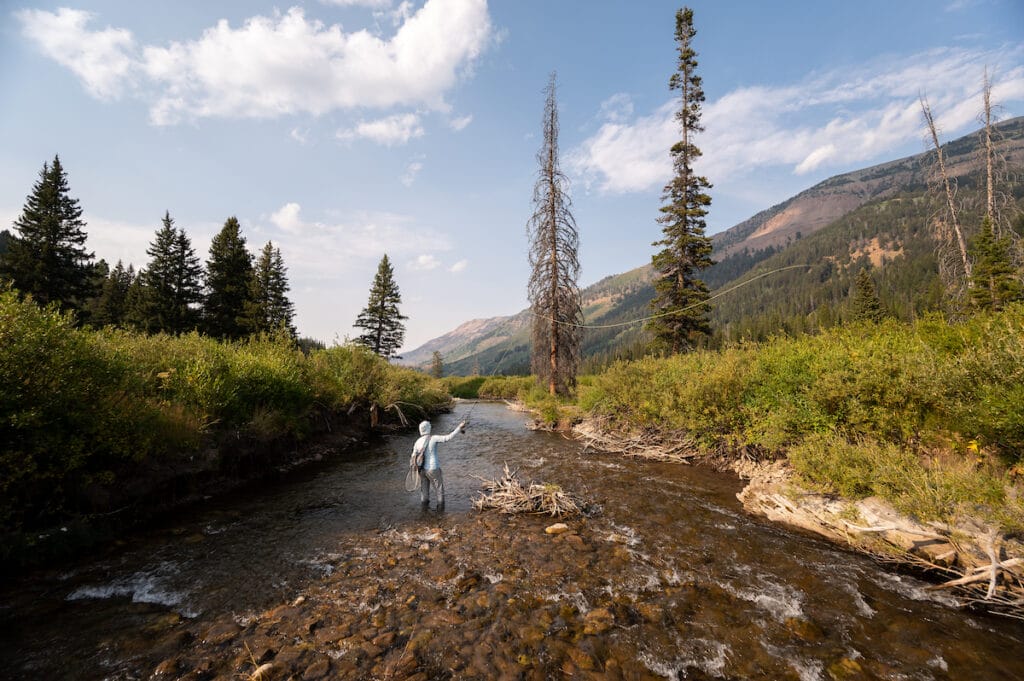
Where TU’s Swope roams
At the center of this story, however, is our Bighorn Basin project manager Brittany Swope, who covers the territory spanning from our nation’s first national forest, Shoshone National Forest (which abuts our first national park, Yellowstone), across the high desert and plains of one of the nation’s most prominent barley producers for craft beer, through dinosaur fossil country and Bureau of Land Management lands, and ending on the western slopes of the historic Bighorn National Forest.
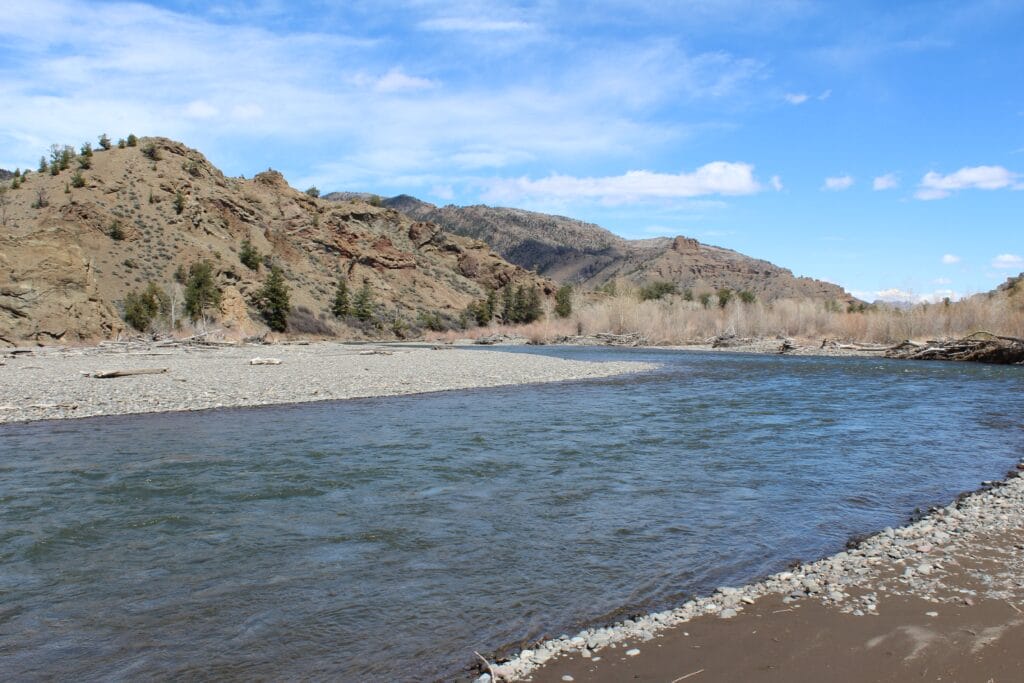
With so much territory to cover across culturally and historically important waters and lands, we can rest easy though, as these are the very places Swope was born and raised. Based out of Cody, Wyoming, Swope travels across this area known as the Bighorn Basin, working to implement Bipartisan Infrastructure Law (BIL), Inflation Reduction Act (IRA), and U.S. Forest Service Keystone Agreement projects in her own backyard.
“There’s just so much to love in this area if you enjoy the outdoors,” said Swope. “I am grateful to not only call this area home, but to also continue working here on historically relevant projects.”
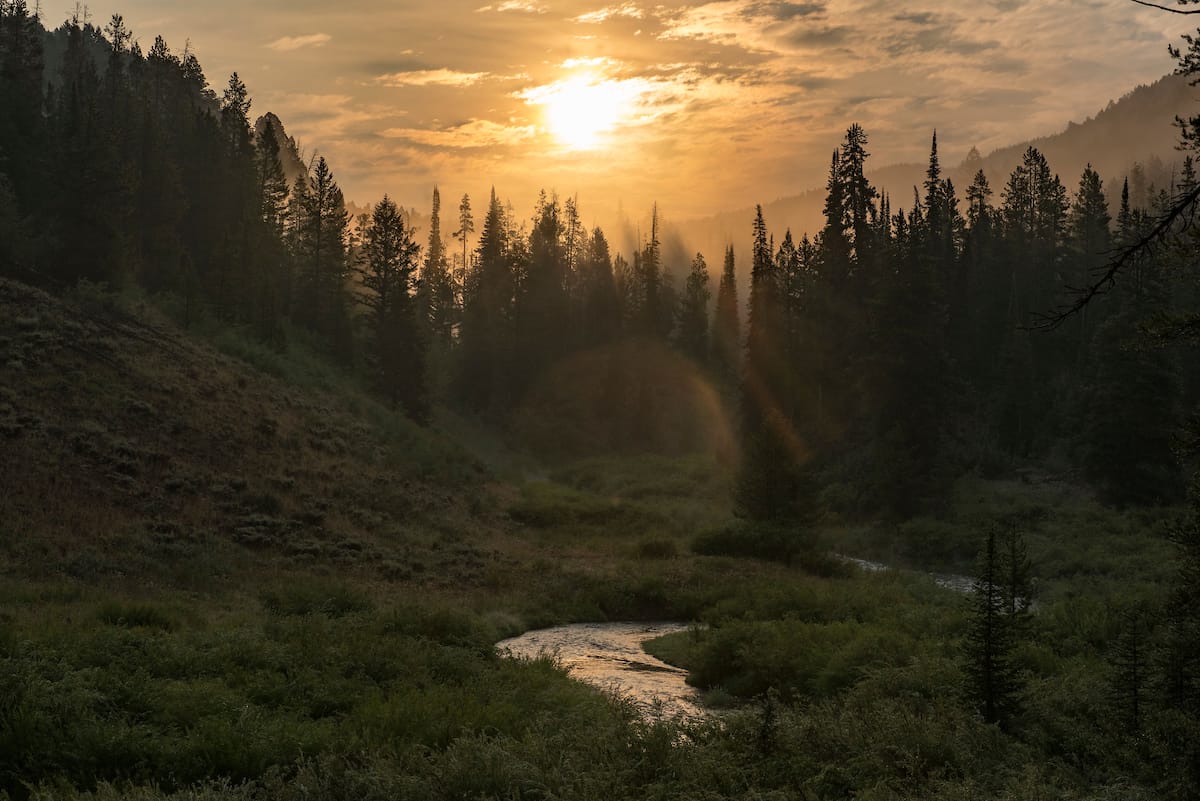
Projects around the Bighorn Basin:
– Wapiti Ranger Station: TU has partnered with the Shoshone National Forest to improve and enhance aquatic, riparian and wetland habitat and improve floodplain systems and functions on the North Fork Shoshone River near the Wapiti Ranger Station, west of Cody, WY. Large wood design techniques will be utilized to improve streambank stability, which will minimize risk to historical and recreational infrastructure, while also providing important aquatic habitat for Yellowstone Cutthroat Trout and other wild trout populations. Project construction is planned for Fall 2025. We are in the project’s design and fundraising phases.
– Canyon Creek Road and Channel Improvements Project: TU and the Bighorn National Forest have partnered to provide unimpeded aquatic organism passage and improve geomorphic and floodplain function and aquatic habitat on Upper Canyon Creek. The project will consist of replacing a low water ford on FSR 436 with a bridge. The existing stream crossing and eroding streambanks within the project area will be reclaimed using natural wood design techniques. Completion of this project will ensure trout populations have access to 10 miles of spawning, juvenile rearing and feeding habitat within the Upper Canyon Creek watershed. Further, this project will support future partner priorities for Yellowstone Cutthroat Trout (YSC) restoration and reintroduction by ensuring suitable habitat and connectivity of Upper Canyon Creek. Project construction is anticipated to begin in late Summer/Fall 2024.
– Paint Creek Fish Passage: Project aims to improve passage by replacing three culverts on Paint Creek (a tributary to the Lower Clarks Fork River). Opening passage will allow wild trout populations to access 28 miles of spawning, feeding and juvenile rearing habitat. Project partners include TU, Wyoming Game and Fish Department, Bureau of Land Management, Park County Public Works Department, and Wyoming Wildlife and Natural Resource Trust. Construction is anticipated for Fall 2024.
Of Swope’s many projects, the river and riparian restoration of the North Fork Shoshone River and nearby tributaries at the Wapiti Ranger Station along the eastern entrance of Yellowstone National Park in Shoshone National Forest stands out in its historical significance.
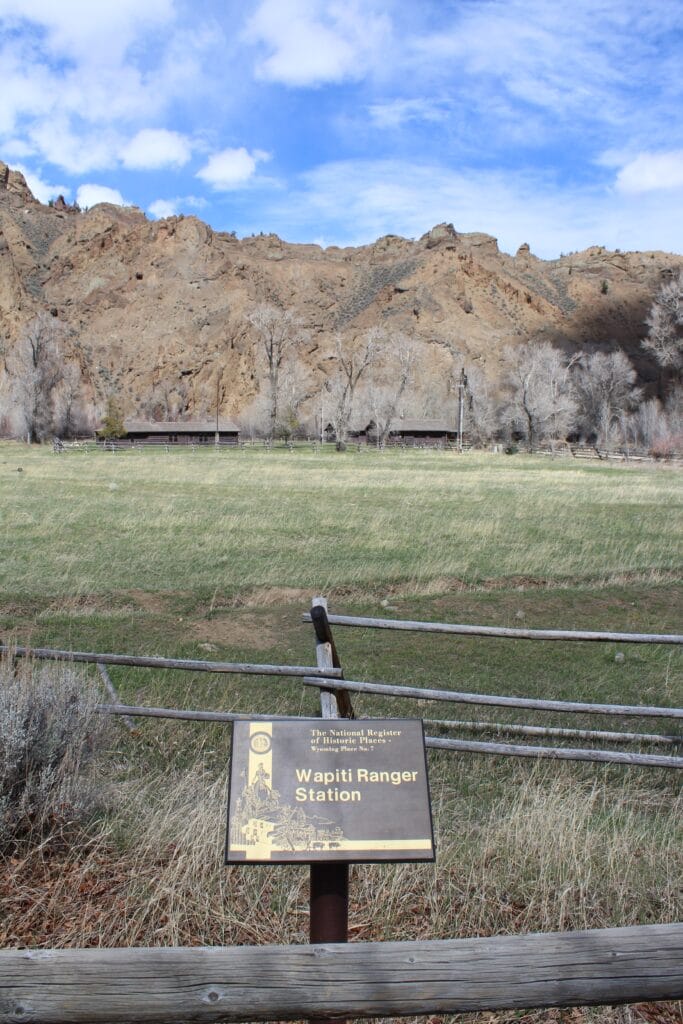
“This is America’s first ranger station,” said Swope. “We’re partnering with Shoshone National Forest to improve the habitat at the station because of how much visitation it receives from visitors exploring the forest and those on their way to the Park. We’re hoping to improve streambank stability to minimize the risk to recreation and camping infrastructure nearby, as well as improve the floodplain functions of the area and provide aquatic habitat for native Yellowstone Cutthroat Trout.”
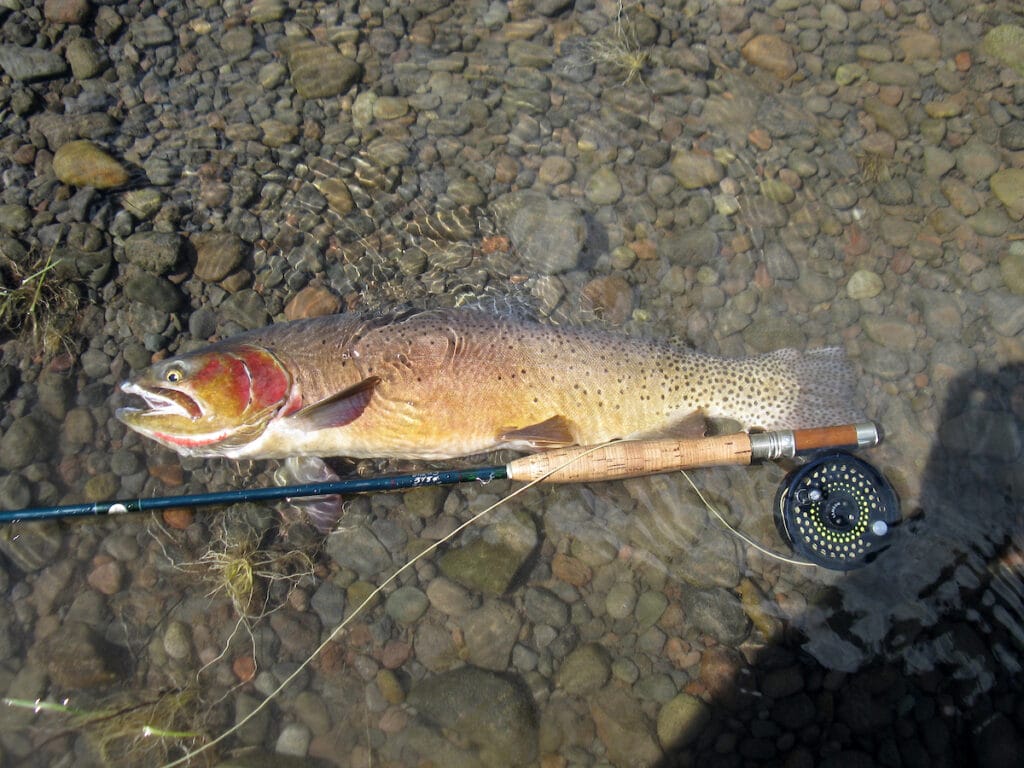
In total, the U.S. Forest Service has allocated more than $1.2 million to this project through the BIL, IRA, Secure Rural Schools Act, and the Keystone Agreement with TU.
“Although we’re tentatively working on the design elements for the project in order to begin by Fall 2025, we’re still fundraising the remaining $800,000 implementation and match requirement funds,” said Swope. “Given the historical and recreational significance of this project area, however, we’re confident in our ability to reach out to people and explain why their support will make a difference.”
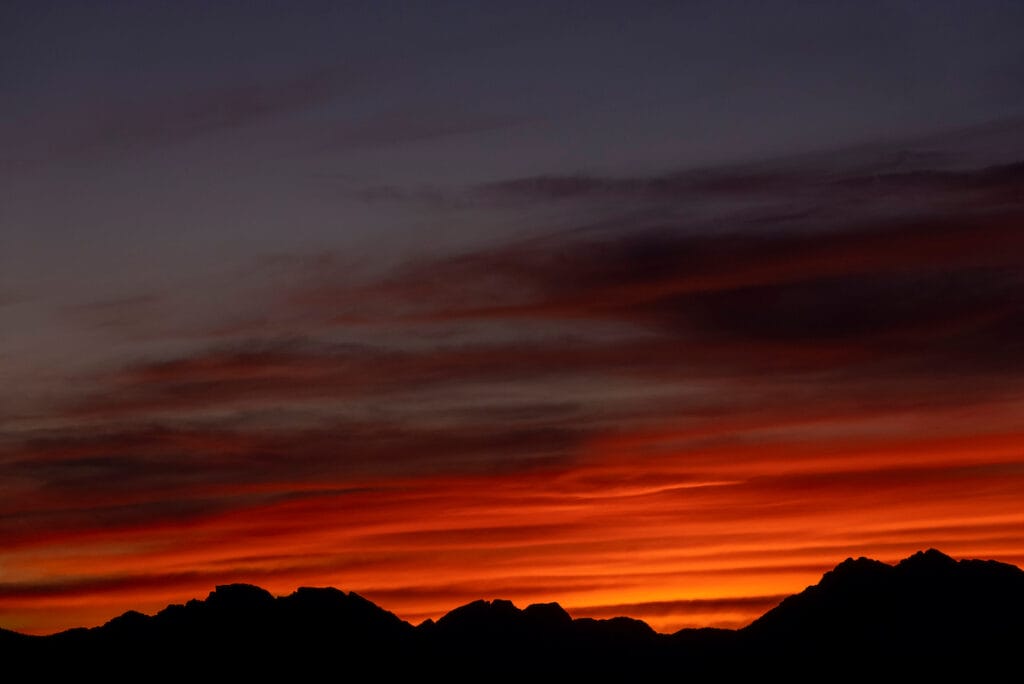
Asked how she planned to lead this undertaking, she responded with the quiet determination so often found in Westerners.
“We’re Wyomingites, and we have a storied history of leading on conservation issues,” said Swope. “We have the first national park, national forest, national monument, and ranger station. It only makes sense that we take care of them and ensure our historical and recreational values are improved for future generations.”
For more information about the project and understanding how you can help get to work on this historic project, please contact Swope directly at: brittany.swope@tu.org.


